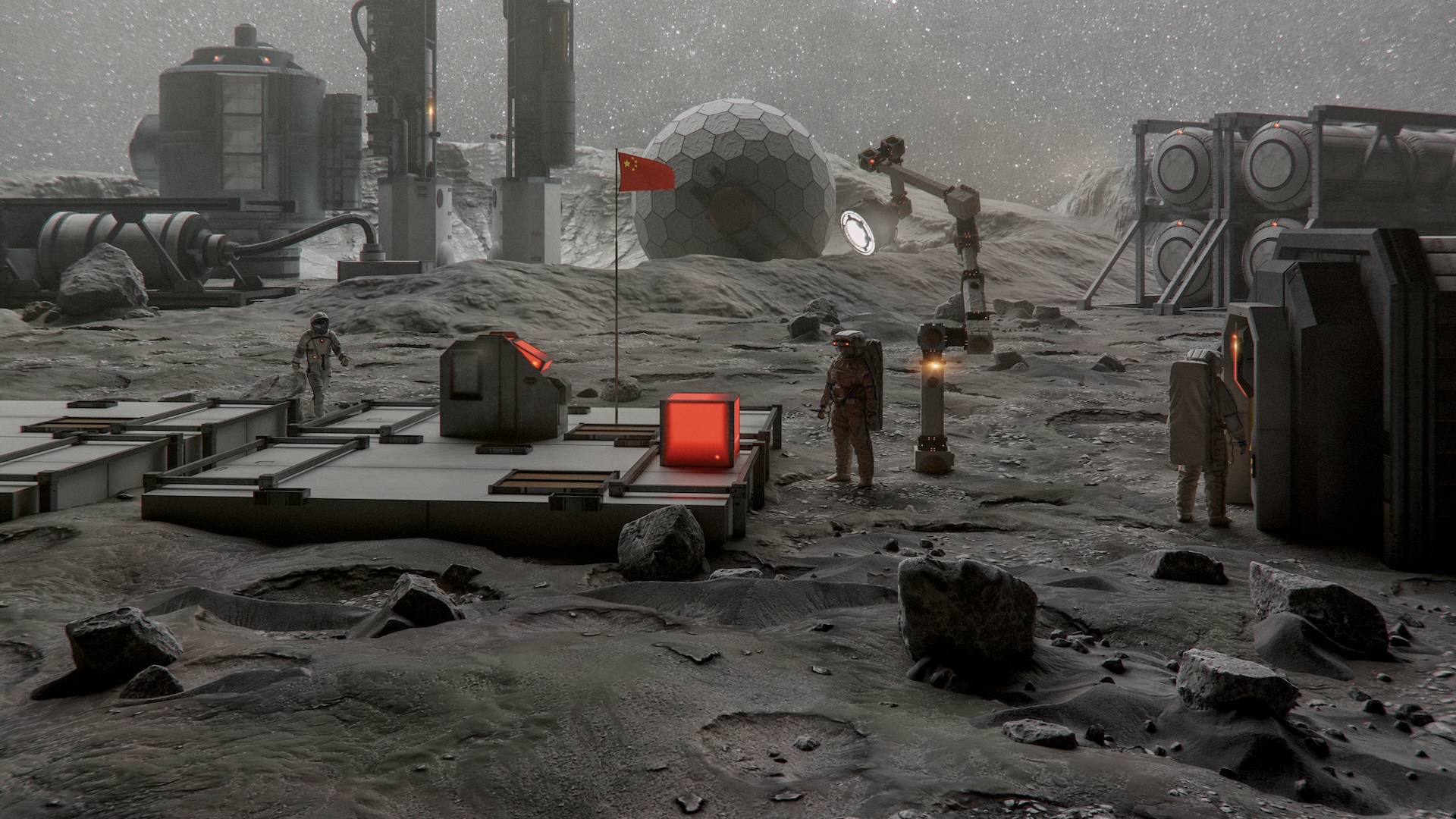Russia has signed a deal with China to build a nuclear power plant on the moon.
The Russian reactor will be used to power the International Lunar Research Station (ILRS), jointly led by China and Russia, and should be completed by 2036, according to a memorandum of cooperation signed by the two nations.
The announcement comes just after NASA revealed a 2026 budget proposal that would axe the agency’s plans for an orbital lunar base.
The construction of the Chinese-Russian reactor will likely be carried out autonomously “without the presence of humans,” according to a 2024 interview with Yury Borisov, director general of the Russian space agency Roscosmos, on the Russian state-owned news site TASS. While details of how this can be achieved remain unclear, Borisov added that the technological steps are “almost ready.”
“The station will conduct fundamental space research and test technology for long-term uncrewed operations of the ILRS, with the prospect of a human being’s presence on the Moon,” Roscosmos wrote in a May 8 announcement following the signing of the memorandum.
The new research station, a permanent, manned lunar base located on the moon’s south pole, has so far attracted 17 countries to join the program — including Egypt, Pakistan, Venezuela, Thailand and South Africa. Its groundwork will be laid by China’s 2028 Chang’e-8 mission, which will be the nation’s first time landing an astronaut on the lunar surface.
Related: Russia and China announce plan to build shared nuclear reactor on the moon by 2035, ‘without humans’
The roadmap for the ILRS was first unveiled in June 2021, with China and Russia announcing they would loft the pieces for a robotic moon base using five super heavy-lift rocket launches from 2030 to 2035.
Once these basic pieces are established, China plans additional launches that will extend the base further, connecting it to a space station orbiting the moon and two nodes located at the moon’s equator and its far side, Wu Yanhua, the chief designer of China’s deep exploration project, said at a 2024 media conference, according to state media outlet Xinhua.
This extended model, laying the foundations for manned landings on Mars, should be completed by 2050. It “will be powered by solar, radioisotope and nuclear generators,” Wu said. “It will also include lunar-Earth and high-speed lunar surface communication networks, as well as lunar vehicles like a hopper, an unmanned long-range vehicle, and pressurized and unpressurized manned rovers.”
The memorandum comes at a time of growing ambition for China’s space programs. The country has had a lunar presence since the 2013 landing of the Chang’e 3 mission, which placed a rover on the moon. Subsequent missions landed more rovers on the moon and Mars, while collecting samples from the moon’s near and far sides, and mapped out the lunar surface.
China’s race to build a lunar outpost also has an American rival in the Artemis program, which has recently been beset by delays. Artemis III, which will see NASA astronauts return to our nearest natural satellite for the first time in over 50 years, is expected to launch sometime in 2027.
Meanwhile, the future of NASA’s own planned lunar space station, dubbed Gateway and initially slated for launch as soon as 2027, has been thrown into question with the release of the Trump administration’s proposed 2026 budget. The budget calls for canceling the Gateway mission, despite significant progress on building the station’s modules.
